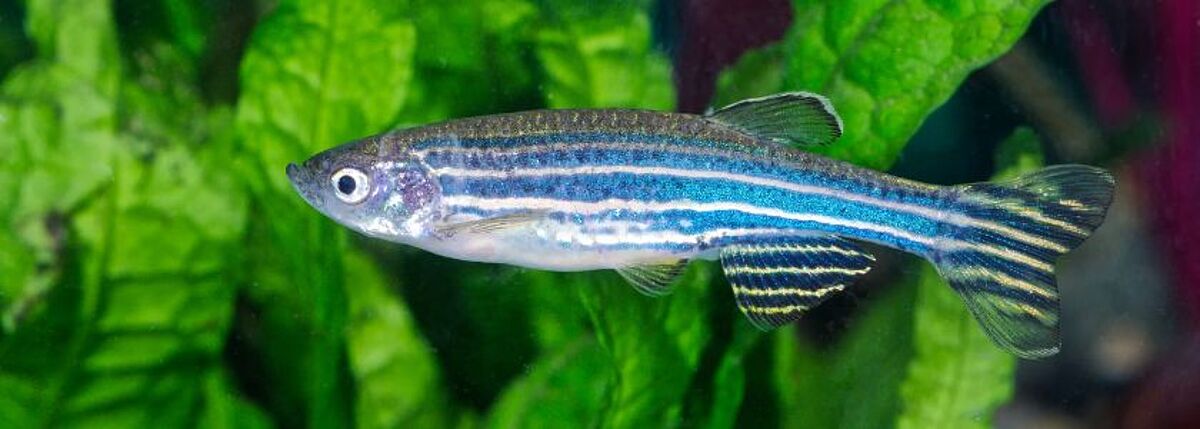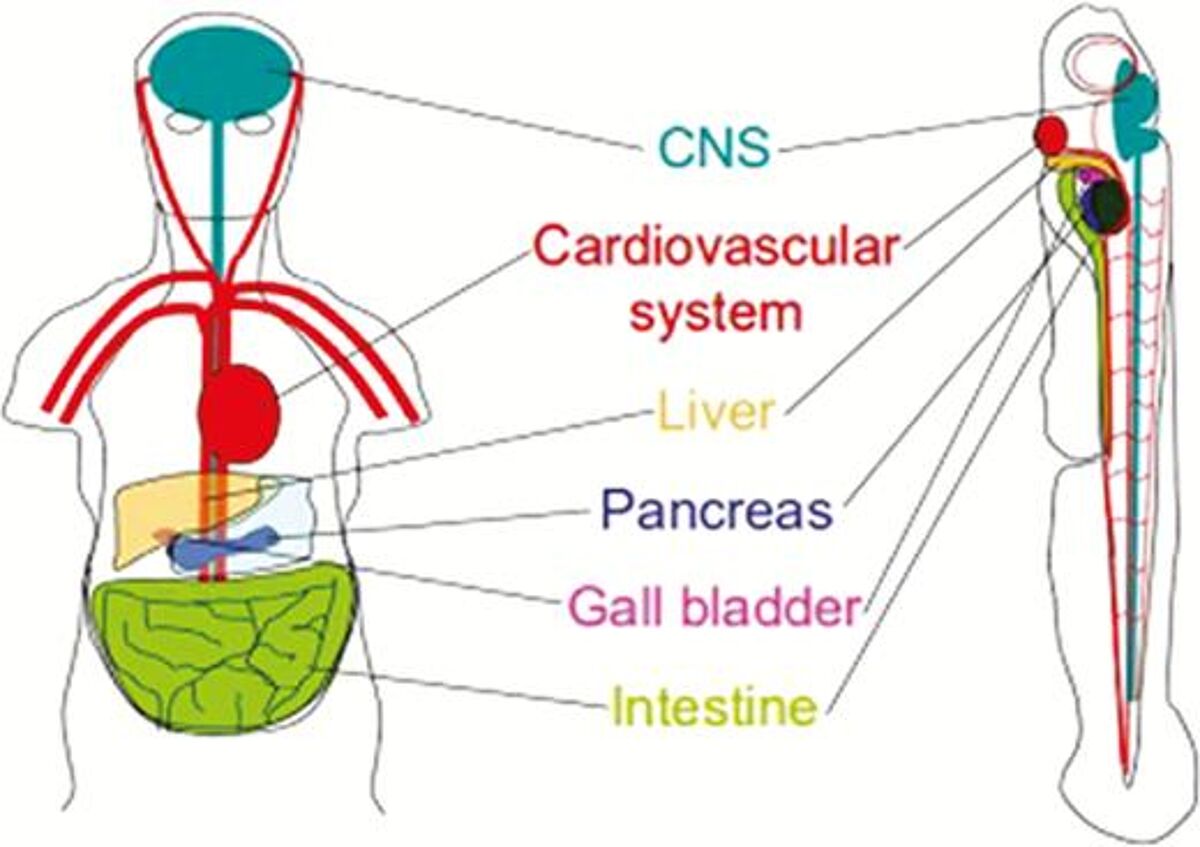Our freshwater vertebrate friends, the zebrafish, recently helped researchers overcome hurdles with a successful knock-in strategy for improved homology directed repair (HDR).
Takeaway: With assistance from zebrafish and IDT tools and solutions, a University of Kentucky research team recently overcame CRISPR-mediated gene editing knock-in challenges, sparking renewed potential for subsequent CRISPR investigations.
To date, zebrafish (Danio rerio) has had a rather storied past as a model organism, assisting scientists with the discovery of a breadth of biological insights since the 1930s. This freshwater vertebrate has expanded our understanding of key biological systems that have led to the creation of new pharmaceutical drugs, improved injury and disease management practices, and led to the development and completion of critical preclinical studies.
As of late, the expanded use of zebrafish models can be attributed to advances in both CRISPR and next generation sequencing technologies. With the aid of these important freshwater friends, researchers are beginning to uncover new ways to accelerate our knowledge of genetic diseases and advance our journey toward precision medicine.
Why are zebrafish a good model organism?
Does a zebrafish sound like an odd model organism for studies on human ailments and abnormalities? Don’t let the unique name fool you, because this species is actually a near-perfect organism for select biomedical studies. An article in Animal Frontiers outlines the answer to the question: “Why the zebrafish?”
- With a nearly transparent embryo that develops outside of the mother’s uterus, scientists are able to evaluate the details of the development process from fertilization onward
- Rapid growth, with complete embryonic development occurring in only 48 hours
- Fully sequenced genome readily available and highly similar to that of humans
- Easy to genetically manipulate thanks to their ability to absorb and withstand higher levels of chemical mutagens (when compared to rodents)
- Zebrafish are a complete organ system that contains all of the main organs involved in the metabolic process, making them a prime candidate for studies on human metabolic disorders, including fatty liver disease, type 2 diabetes, and hepatic diseases
- Cost-effective, enabling researchers to obtain and store a large volume within the size constraints created by smaller labs
While the CRISPR-Cas9 system has proven highly successful in its ability to produce efficient knock-ins within zebrafish models, the journey thus far has not been without its challenges. Historically, researchers have had difficulties generating successful and consistently performing CRISPR gene-edited knock-in lines, largely due to low homology-directed repair (HDR) performance. That is, until now.
A recent study from a team at the University of Kentucky, led by Drs. Laura Krueger and Ann Morris, sought to correct these issues by producing the first instance of successful protein expression of an epitope-tagged sox11a.
Deploying the power of design tools like IDT’s CRISPR-Cas9 Guide RNA Design Checker and Alt-R™ CRISPR HDR Design Tool, the team developed synthetic crRNA reagents and a donor template with the intended functionality of overcoming low HDR rates. The successful inclusion and retention of the MYC tag sequence allowed the team to test various chemical modifications of the donor template to screen for efficiency and improved HDR rates.
With IDT’s chemically modified dsDNA donors, Alt-R HDR Donor Blocks, the team was able to introduce a polypeptide protein tag (MYC tag) at the desired target site on the sox11a and maintain and track this alteration in a stable line by germline transmission. Confirmation was also a success—they witnessed verification of the MYC tag’s presence, minimal off-target impact using IDT’s rhAmpSeq™ CRISPR Panel (for amplicon sequencing), and a perfect HDR event on one of the five templates tested. The team was also pleased to report a markedly higher germline transmission rate of ~52% (compared to the average 10-30% from prior studies).
The success of this study opens the door to new possibilities in downstream projects on additional transcriptional targets, offering the potential to enhance our understanding of the development and function of the nervous system, tumorigenesis, adult neurogenesis, as well as the craniofacial and skeletal systems.
Learn more about CRISPR
To learn more about CRISPR, download our free handbook today.
For more information about CRISPR genome editing, visit our sites:
CRISPR genome editing CRISPR Cas9 CRISPR Cas12
CRISPR Products
Or, if you’d like to see how IDT can aid and accelerate your gene editing research, head over to our website for an overview of our CRISPR solutions.
Who is IDT?
Integrated DNA Technologies (IDT) is your advocate for the genomics age. They produce tools for NGS, CRISPR, qPCR and PCR. Their products include DNA/RNA oligos, genes and gene fragments. For more than 30 years, IDT's innovative tools and solutions for genomics applications have been driving advances that inspire scientists to dream big and achieve their next breakthroughs.



